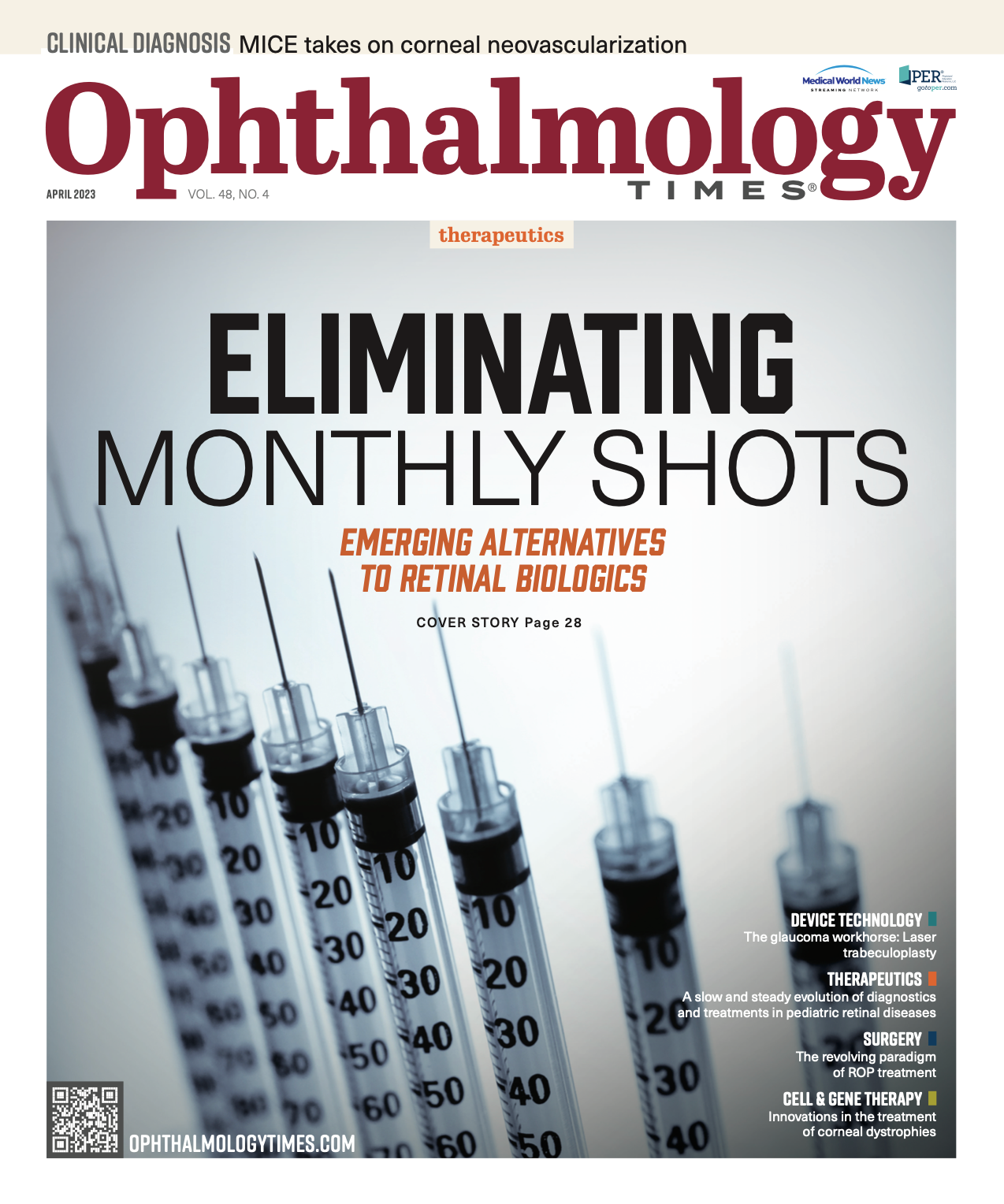Publication
Article
Digital Edition
UCI Health home to stem cell transplant program for ocular surface damage
Author(s):
Surgeon details training, experience with procedure that offers hope to patients.
(Image Credit: AdobeStock/sola_sola)

Reviewed by Marjan Farid, MD
The Gavin Herbert Eye Institute of UCI Health is the second medical institution in the country to offer stem cell transplants to patients with severe eye surface damage. Its new Severe Ocular Surface Disease Program of Excellence is led by cornea specialist Marjan Farid, MD, director of cornea, cataract, and refractive surgery and professor of ophthalmology at the University of California, Irvine School of Medicine.
Farid is the first surgeon trained to perform this complex procedure by Edward Holland, MD, a Cincinnati ophthalmologist and head of the Holland Foundation for Sight Restoration, who pioneered the procedure and has restored sight to hundreds of patients with severe ocular surface damage. Farid began training to perform the procedure more than 10 years ago and will now impart her knowledge to fellow surgeons at UCI Health.
The transplant has been successful, she explained, because Holland leveraged immunosuppressant therapy based on kidney transplant protocols at UCI Health to keep the body from attacking the newly implanted cells. UCI Healthboasts the largest kidney transplant program in Orange County, California, and has the expertise and resources to support the complex care needs of patients waiting for an ocular stem cell transplant, Farid pointed out.
Holland chose the Gavin Herbert Eye Institute as the first of 5 centers in the United States that will perform the transplant to expandits availability and train as many surgeons as possible in its execution.
Causes of ocular surface disease
Severe ocular surface disease can result from a number of causes but is generally due to contact with chemicals or extreme heat and tends to occur in young adults. It can also be attributable to chemotherapy or to a genetic or autoimmune disease. Corneal transplantation is not an option for these patients because their the limbal cells, which manage the healing process, are destroyed.
Holland overcame the problem, Farid explained, by working closely with kidney transplant teams to learn how to prevent the body from rejecting new tissue.
Stem cell transplant
The procedure is the culmination of a process that can take as long as a year to complete. The first step is finding a donor. Siblings are generally the best matches, Farid said, and they can provide up to half the limbal stem cells from 1 cornea because those cells replenish themselves.
If there is scar tissue on the eyelid as a result of injury or disease, an oculoplastic surgeon may have to prepare the surface of the damaged eye before transplantation is performed. Afterward, patients must adhere to a regimen of immunosuppression therapy and regular blood monitoring, and some may need to consult a glaucoma specialist to manage elevated intraocular pressure.
Farid takes an additional step to ensure that the surgeries are successful: “The catalyst to help us fully establish this team is a nurse transplant coordinator, who will manage and coordinate the many different aspects of a patient’s care, that is, getting medications, scheduling monthly or weekly blood checks, calling insurance companies to make sure the medications, surgeries, and other procedures are covered, and ensuring that patients are being seen regularly by our team as well as the immunologist.”
Training others
A major goal of this program is to pass on the skills required to perform the procedure. “Just as Ed Holland trained me, I wa
nt to train our faculty so that we have an entire team of eye surgeons who can care for these patients,” Farid stressed.
Farid points out she also credits Roger Steinert, MD, and his vision for a world without blindness. The life-changing stem cell surgery reflects his legacy as chair of the Department of Ophthalmology at UCI School of Medicine and founding director of the Gavin Herbert Eye Institute.
“It’s impossible to quantify all that I learned from Dr Steinert, not only about ophthalmology and corneal surgery, but about how to be a good doctor, to be gracious and humble, to be a leader both academically and in the ophthalmology world,” Farid concluded. “I know that in developing this program, I’m walking in his footsteps.”
Marjan Farid, MD

Marjan Farid, MD
P: 949-824-2020
Farid has no financial disclosures related to the content of this article.

Newsletter
Don’t miss out—get Ophthalmology Times updates on the latest clinical advancements and expert interviews, straight to your inbox.





